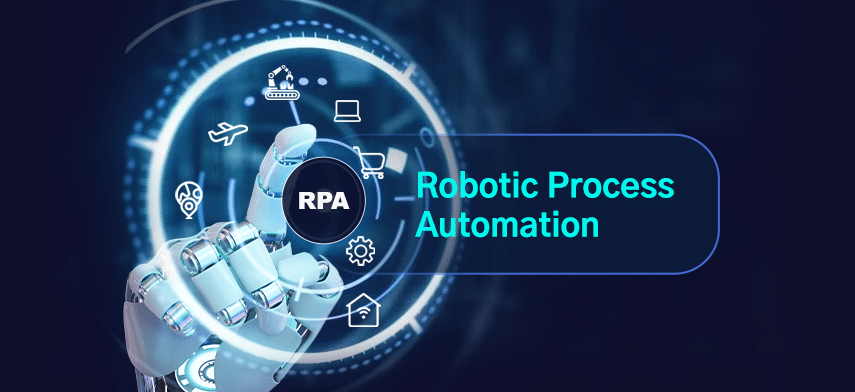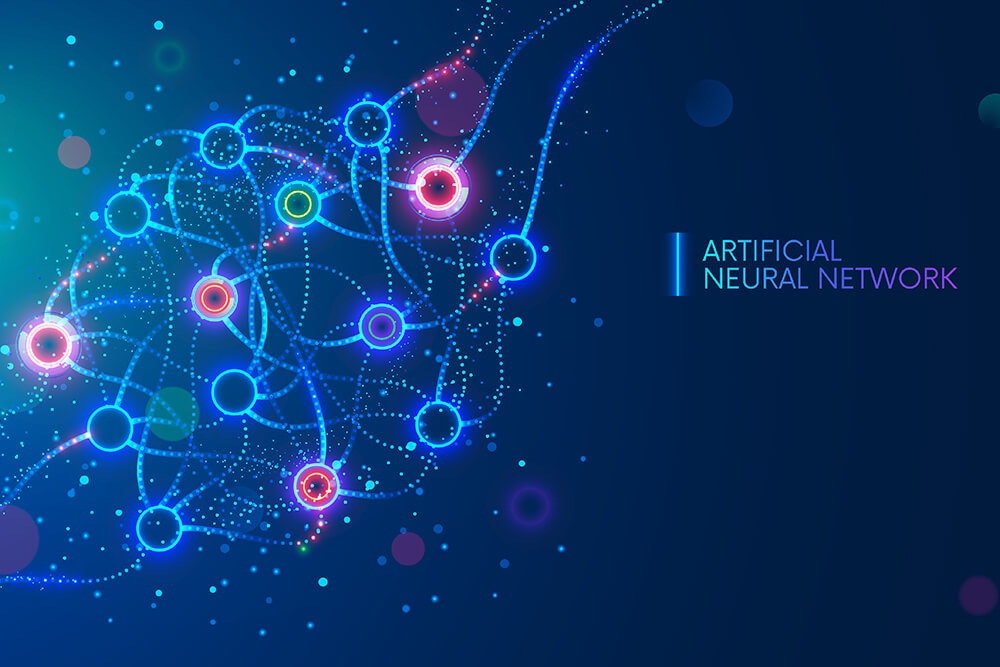Analyzing big data involves processing and examining vast and complex datasets to uncover valuable insights, patterns, and trends. The sheer volume, velocity, and variety of big data present unique challenges, but with the right strategies and tools, organizations can extract actionable intelligence that drives decision-making and innovation. Here’s a comprehensive guide on how to effectively analyze big data, including data collection, preparation, exploration, analysis, and visualization.
Collecting Relevant Data
The first step in analyzing big data is collecting relevant data from various sources. Big data can come from a multitude of sources such as social media, transactional databases, sensors, and web logs. It is crucial to identify which data sources are most relevant to your analysis objectives and ensure that the data collected is accurate, complete, and representative. Data collection tools and technologies, such as web crawlers, APIs, and data integration platforms, can help aggregate data from disparate sources. Ensuring data quality at the collection stage is essential, as it forms the foundation for all subsequent analysis.
Data Preparation and Cleaning
Once the data is collected, it must be prepared and cleaned before analysis. Data preparation involves transforming raw data into a format suitable for analysis. This step includes cleaning the data by removing duplicates, correcting errors, and handling missing values. Data normalization and standardization are also important to ensure consistency across different datasets. This process may involve data wrangling techniques, such as filtering, aggregating, and merging datasets. Effective data preparation ensures that the analysis is based on high-quality data, which is crucial for deriving accurate and reliable insights.
Exploratory Data Analysis (EDA)
Exploratory Data Analysis (EDA) is a critical phase in analyzing big data, as it helps to understand the underlying structure and patterns within the data. EDA involves summarizing the main characteristics of the data through descriptive statistics, visualizations, and data profiling. Techniques such as data visualization (histograms, scatter plots, box plots) and statistical summaries (mean, median, standard deviation) can reveal important patterns, correlations, and anomalies. EDA helps to form hypotheses, identify trends, and guide further analysis by providing a preliminary understanding of the data’s behavior.
Choosing the Right Analytical Techniques
Choosing the appropriate analytical techniques is essential for extracting meaningful insights from big data. The choice of technique depends on the nature of the data and the objectives of the analysis. Common analytical approaches include statistical analysis, machine learning, and data mining. Statistical analysis involves applying statistical methods to test hypotheses and identify relationships between variables. Machine learning algorithms, such as clustering, classification, and regression, can automatically discover patterns and make predictions based on historical data. Data mining techniques, such as association rule mining and anomaly detection, help uncover hidden patterns and trends. Selecting the right analytical techniques ensures that the analysis is aligned with the goals and yields valuable insights.
Implementing Advanced Analytics and Machine Learning
Advanced analytics and machine learning play a crucial role in analyzing big data, particularly for predictive and prescriptive insights. Machine learning models can process large volumes of data and learn from patterns to make predictions or recommendations. Techniques such as supervised learning, unsupervised learning, and reinforcement learning offer different capabilities for analyzing and interpreting data. For instance, supervised learning can predict future trends based on historical data, while unsupervised learning can identify clusters or groupings within the data. Implementing these advanced techniques requires expertise in data science and access to appropriate computational resources, but they can significantly enhance the depth and accuracy of the analysis.
Data Visualization and Communication
Data visualization is a key component of data analysis, as it helps to communicate insights in a clear and understandable manner. Effective visualizations translate complex data into graphical representations, making it easier to identify patterns, trends, and outliers. Tools such as dashboards, charts, and graphs can convey key findings to stakeholders and facilitate data-driven decision-making. It is important to choose the right type of visualization for the data and audience, ensuring that the visualizations are both informative and visually appealing. Communicating insights effectively through data visualization helps stakeholders make informed decisions and take appropriate actions based on the analysis.
Conclusion
Analyzing big data involves a series of steps, including data collection, preparation, exploration, selection of analytical techniques, and visualization. Each stage plays a critical role in transforming raw data into actionable insights. By following a structured approach and utilizing advanced tools and techniques, organizations can unlock the full potential of their data, driving informed decision-making and fostering innovation. As the volume and complexity of big data continue to grow, mastering these analytical processes will be essential for leveraging data to gain a competitive edge and achieve strategic goals.



